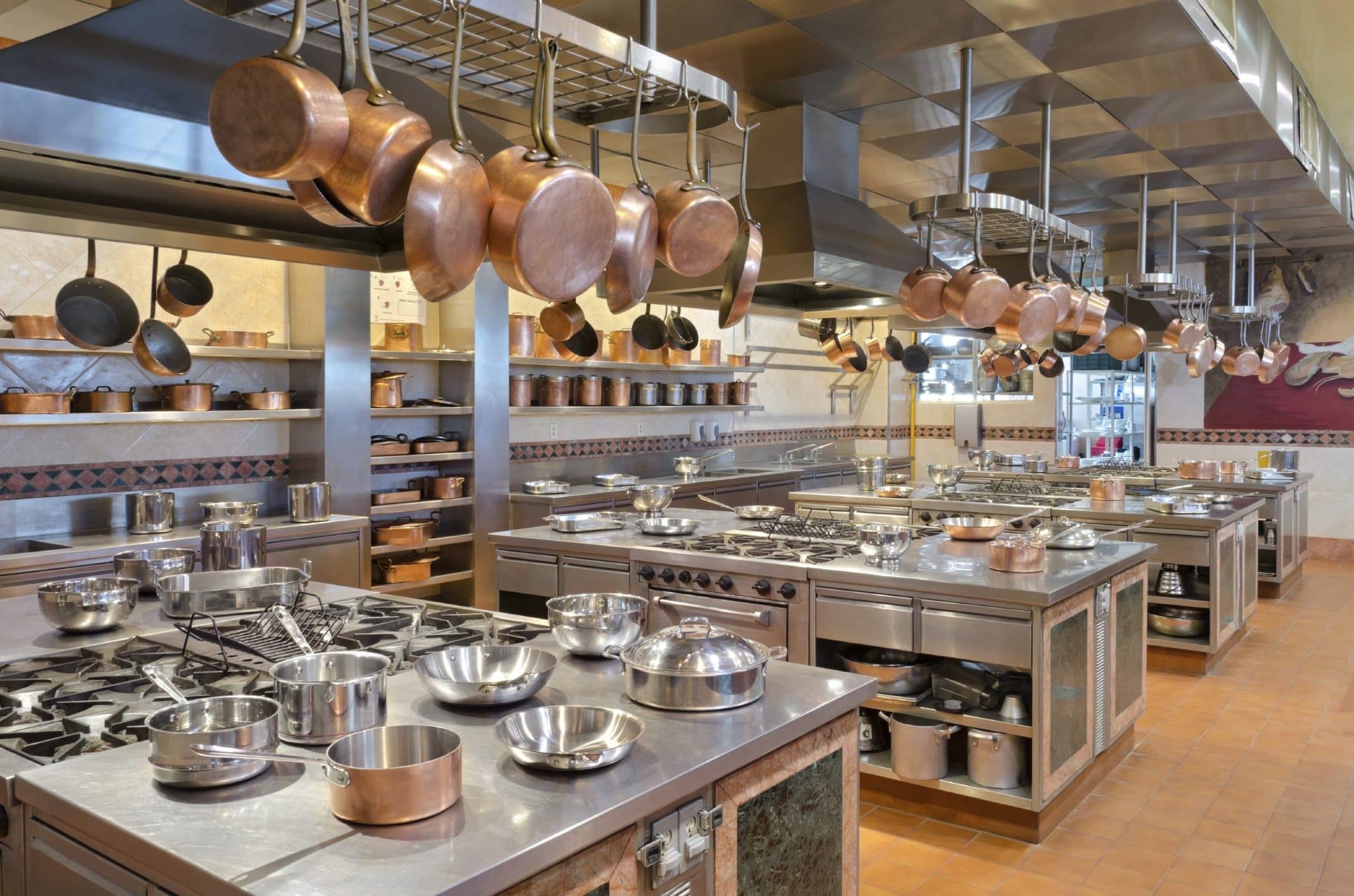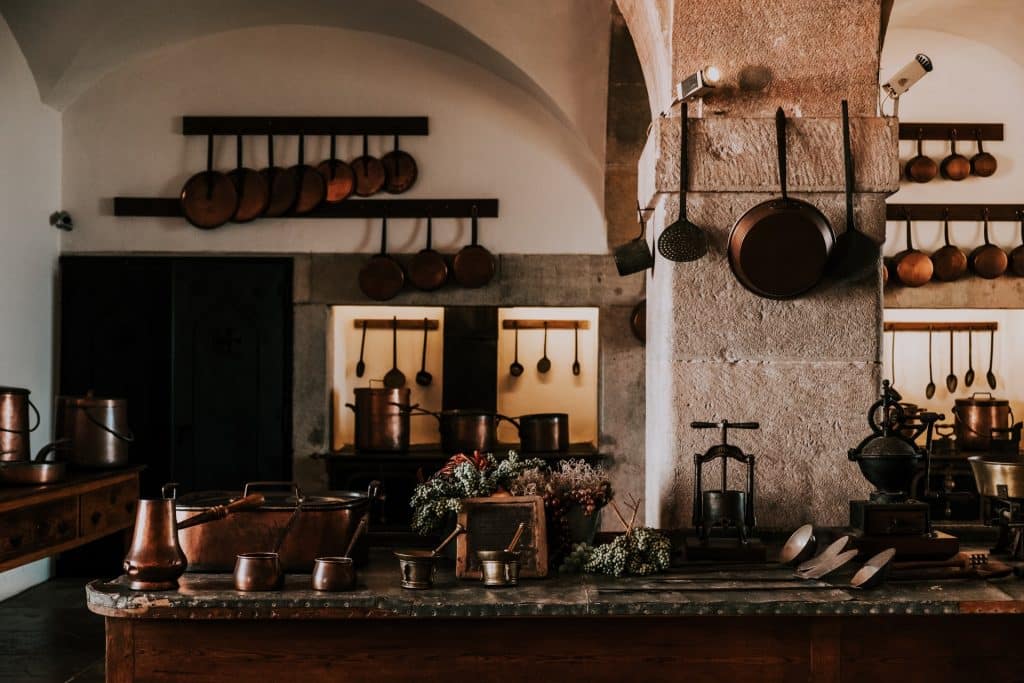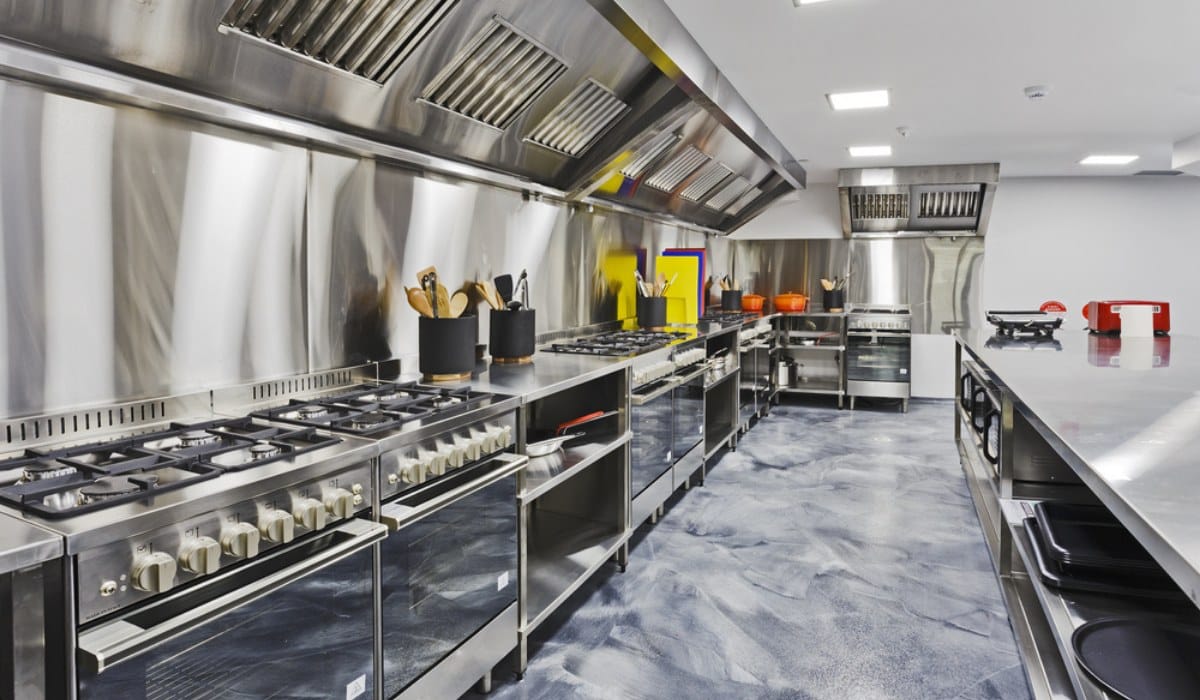How to Choose Lighting Fixtures for Industrial Kitchen?
Owning up a restaurant or a commercial kitchen is one thing, but have you ever wondered why lighting has always been a central focus for food? Are you afraid your chefs will add sugar instead of salt due to the inevitable dimness in your kitchen?
Lights serve not only as ambiance but also as the necessary salt to the cooking recipe. Be it presenting the appetizers or checking the consistency of a batter, good lighting is very important for domestic and professional cooking.
Well, this one-go blog has just the right solution for your kitchen. Read along to know how important and easy it is to get your industrial kitchen the best lighting fixtures.
Selecting the Industrially Designed Kitchen Lighting Fixtures
There are a few things that just hit the bull’s eye when it comes to kitchen lighting fixture shopping. You must be wondering why the lighting you are choosing is the right choice.
Will it be bright enough? Will it be cost-efficient? Do I actually need a dimmer?
Well, your questions can rest now as we delve into the depths of picking out the perfect light.
1. Shatterproof Lamps
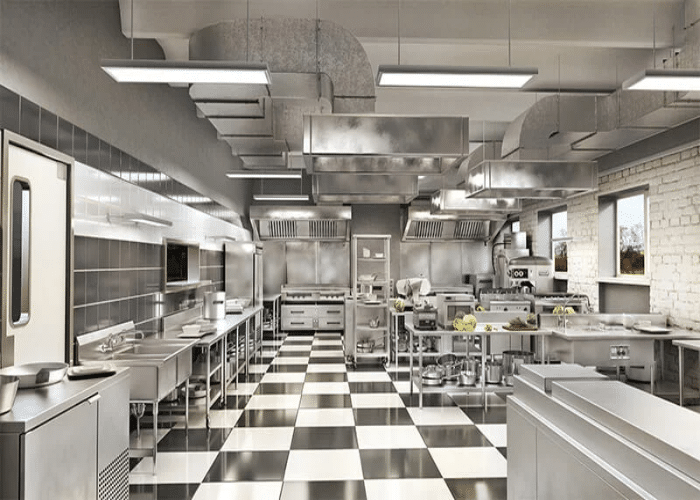
Industrial kitchens are exposed to great heat and high temperatures, all thanks to the working of multiple stoves, ovens, and whatnot. Lesser or ordinary bulbs, in such a case, tend to burst with the heat and can, of course, land in the food prepared or maybe in the eyes of your chef, which is a grave issue. Installing shatterproof bulbs is the dire and immediate choice.
2. Vapor Tight Fixtures or Wet Listed Fixtures
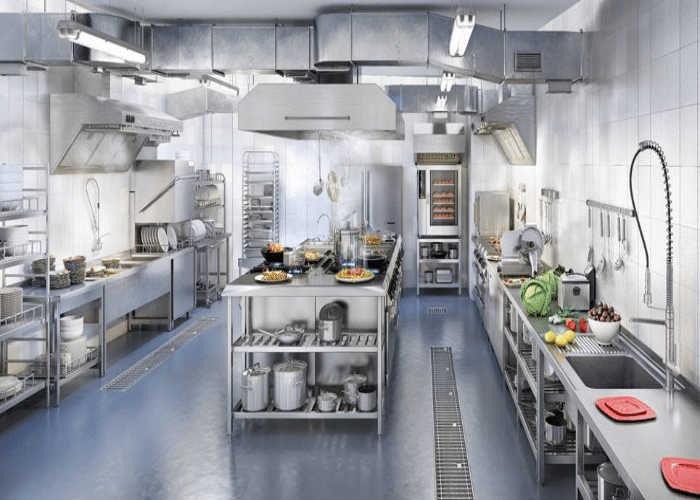
A lot of food means a lot of vapor and steam, and thus, the inevitable condensation in the kitchen can ruin your pricey lighting fixtures. Therefore, it is recommended to use NSF-approved kitchen lighting fixtures that are Vapor tight or Wet listed. This will prevent steam or water droplets from seeping inside the bulb glass and damaging your lighting components.
3. Cost-Cutting Solutions to Save Some in Your Pocket
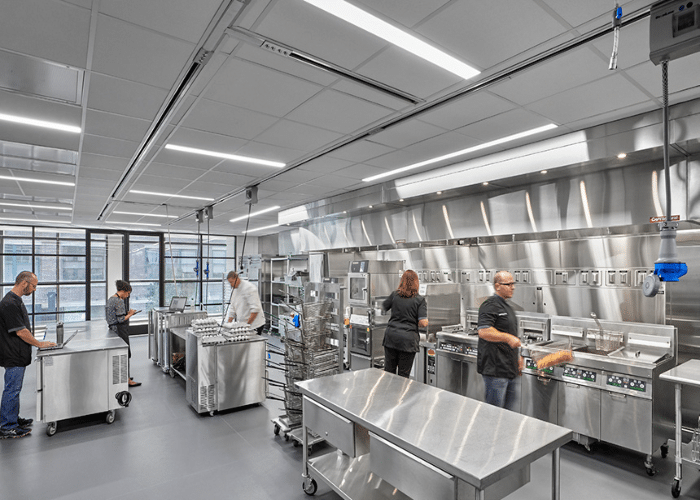
Be it a restaurant or a pantry kitchen, the lighting costs around 10-15% of the entire expense of the kitchen. Therefore, introducing cost-cutting, energy-efficient lights is the necessary choice. Try adding in CFLs, LED lights, T8 tubes, etc., for saving something in your pocket and donating something to the nature you live in. These lights are brighter, eco-efficient, and comparatively cheaper than tubes and other olden lighting devices.
4. Easy to Clean, Easy to Handle Solutions
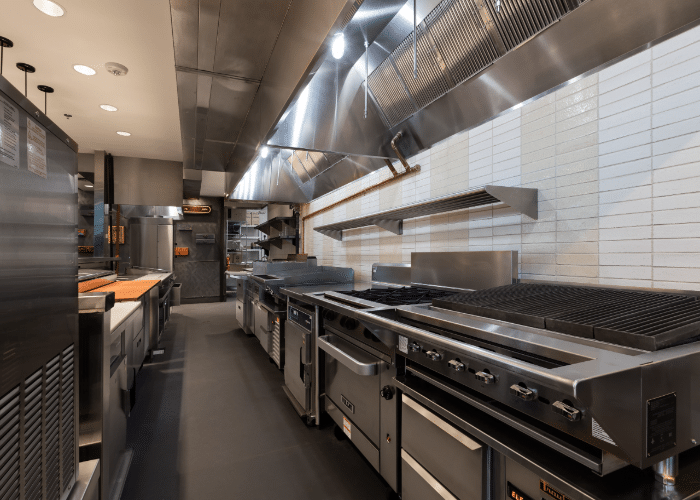
For any restaurant or kitchen, cleanliness is imperative, and obviously, food stains on glass lights will certainly damage the quality and neatness of your kitchen. It is always recommended to install troffer style lighting because, let’s face it, lights embedded in a surface or ceiling are easier to wipe clean than those exposed in the air to accumulate dust and oil spitters like pendant lights or surface-mounted glowing bulbs.
5. Low Heat Emitting Options are Always Better
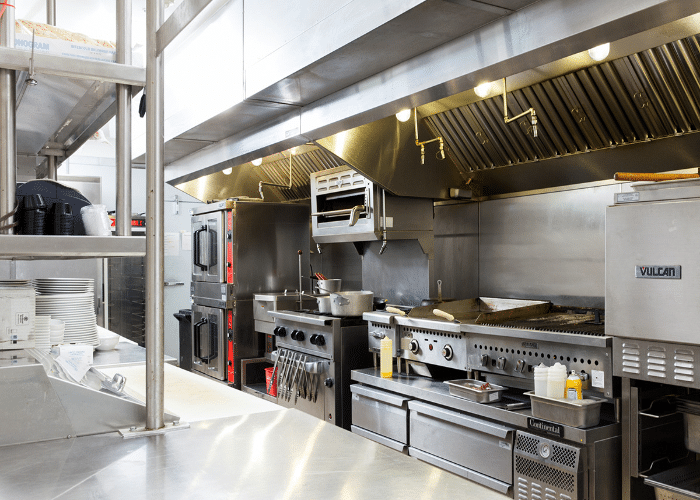
One thing we all can agree upon is that kitchens, especially industrial ones, are exposed to high temperatures and heat due to the working of ovens, stoves, inductions, and all sorts of heat appliances. Install traditional, heat-emitting tubes or lights. The temperature will for sure get higher and hotter due to the conversion of energy into illumination, sweating out your chefs with a possible threat of damaging your appliances. In such a case, it is strictly advised to install low heat emitting lights in your kitchen to minimize high temperatures as much as possible. LEDs, in such cases, must be your go-to solution.
Final Thoughts
Setting up a kitchen is not an easy task, and yet it is not as difficult as it sounds. When it comes to serving delicious tummy treats, it is equally important that the steak is tender, and so is the lighting required to prepare it.
From counting cloves to adding salt, poor lighting can totally turn your delicious delicacies into bland bites.
Hence, we have covered all the most important aspects of why good lighting is necessary for a kitchen and what you must remember while shopping for your first gleam buttons.
We certainly hope that you will benefit from this blog, and we will be back super soon with more kitchen insights, but until then, ADIOS!
Frequently Asked Questions
What are Nsf-Approved Lighting Fixtures?
NSF-approved lighting fixtures are the safe lights approved by the National Sanitization Foundation that aid in food preparation facilities. These lights are fully washable with zero screws in the open, where bacteria can hide with no breakable parts at all.
Which One Should I Use? A T8 Light or a T-12 Light?
T8 lights are smaller in diameter and emit more light than T-12. They are cost-efficient and low heat emitting tubes, unlike the T-12, which is larger but with low illumination and heavy cost incurring.
What is the Latest Trend in Industrially Designed Kitchen Lighting?
Looking at the market, pendant flights are floating to kitchens, but it is strongly advised NOT to follow these trends regarding kitchen lighting. It is always good to prefer safety over attraction inhibitions.
What Color Light is Best for Industrial Kitchens?
It is always recommended to use Yellow-White or Blue-White light for industrial kitchens ranging up to 3100K-4500K, depending upon the area of your kitchen. These lights have a daylight-like appeal and are bright enough to do the chores neatly.
What Type of Lighting is Best for An Kitchen?
It is always best to use recessed lighting in commercial kitchens. It is better to have lighting fixed in ceilings as they are easy to clean and an effective choice against tubes and bulging-out bulbs.

